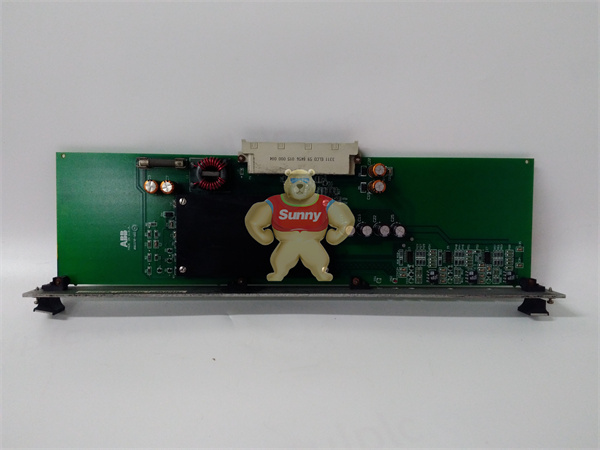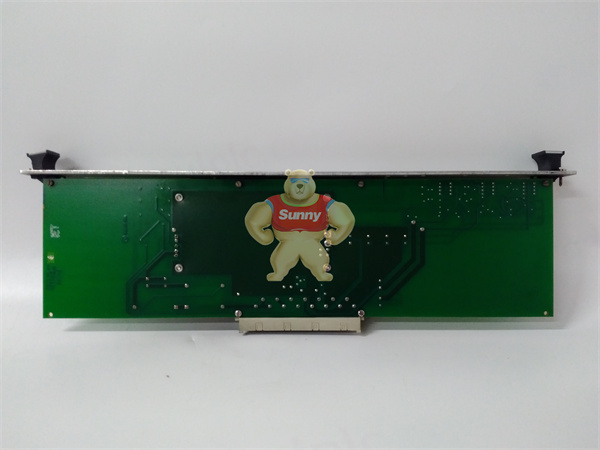PCB connectors are connection components used to connect and fix printed circuit boards. PCB as an important part of the electronics industry, all information transmission, processing, transmission and application are inseparable from PCB, so its connection components are also a large amount of large-scale connector parts.
Whether it is a rigid circuit board (RPCB), a flexible circuit board (FPC) or a high-density interconnect board (HDI), the appropriate connector is required to ensure seamless interconnection between the entire board. Benefiting from the continuous iterative upgrading of technical specifications for downstream applications, the requirements for PCBS in these applications are constantly improving, so PCB connectors are also constantly upgrading.
/ Fit the terminal trend /
PCB connectors miniaturized, high-density plug
Whether in the industrial field, consumer electronics field or communications field, the relevant terminal equipment is developing towards miniaturization, so the internal structure of the circuit board has become more compact. The trend of miniaturization of PCB connectors used in it is also in line with the development trend of terminal scenarios.
Taking DIN 41612 as an example, the classic PCB backplane connector for signal, data and power applications connects the board to the backplane and transmits high-speed differential signals, transmits single-ended signals, transmits data or transmits high currents, which is classic for connecting PCB boards and backbone applications.
In the polishing of DIN 41612 connectors, Harting’s performance is outstanding in the entire industry. With a wide range of pitch sizes and pin options, Harting’s DIN connectors offer extremely high density connectors in small sizes with optimized contact surfaces, contacts, and low resistance, making them ideal for signal, data, and current transmission applications, whether PCB-to-PCB or buttonboard/cable-to-PCB.
At the same time, for different cable types, cable cross sections, pin types or pin number conditions, it is also very important to choose the right PCB termination technology. Whether it is THT, THR or crimping, Harting can provide end technology to stably connect the connector to the PCB board.
From the rack, backplane, PCBA to the sub-card guide rail, front panel, the trend of miniaturization of related connectors in these common structures is very obvious, and PCB connector products that provide high-density connection capabilities in various small sizes will undoubtedly be more popular in the market.

ECPSR086370-001

ECPSR086370-001
/ Highlight the advantages of modularity /
Make PCB connection more flexible
PCB and its connection technology is evolving toward smaller sizes, more functions, and more robust and reliable, in addition, many applications today require a universal PCB connection solution. The future connection must be high-performance, concise, fast and flexible, modular PCB connection has become a general trend, the importance of modularity is constantly improving.
The first difficulty solved by modularity is the realization of the combination of various signals, data and current transmission in a single connector to connect two PCBS. Most of the original connection schemes are unable to use only one connector between two PCBS to achieve signal, data and current transmission. Modular PCB connectors provide “countless” possibilities for the combination of data, signal and power, and this free combination is simple, fast, and flexible.
har-modular®, Harting’s modular PCB connector, is as robust and reliable as the proven DIN 41612 connector in terms of product reliability and is tested to the same standard IEC 60603-2. har-modular® offers a variety of signal, data and current modules covering 2A, 6A, 10A, 15A, 20A, 40A current transmission.
Image: HARting har-modular® Modular connector
har-modular® has a wide range of coding combinations, with 4 combinations for a single module with P and T accessories, 8 combinations for two modules with P and T accessories, and 16 different combinations for two modules when P and T modules are not on either side. Flexible enough to enable har-modular® to be deployed quickly and flexibly in any scenario where signal, power, and data transmission from PCB to PCB is required, such as subcard to backplane connection, fastplate connection, and other connector combination connection.
As the industry leader in industrial heavy-duty connectors, Harting’s heavy-duty connectors also support modular design, which can combine various power, signal and data transmission technologies such as RJ45, USB, and optical fiber in a single connector, thus greatly saving the space occupied by the entire connection. If a high density of signal terminals is also configured in a single module, the entire heavy-duty connector can provide a very large number of pins, highlighting both compact and flexible characteristics. Of course, the premise of these innovative designs is that the connector design itself has excellent connection performance, and its mechanical properties are strong enough.
In the industrial field, the cycle of equipment development is getting shorter and shorter, and the increasingly compact PCB size has brought a lot of difficulties for developers to find the corresponding signal, data and current transmission solutions. Harting, which has been deeply engaged in the field of industrial circuit board connection for many years, not only saves the selection time of PCB designers, shortens the design cycle, but also optimizes the development process of industrial equipment through modular innovation. The modular PCB connector not only saves space, but also can expand different functions according to different applications, and meet the diversified connection needs of various applications with high reliability requirements.
 1 Year Warranty
1 Year Warranty





